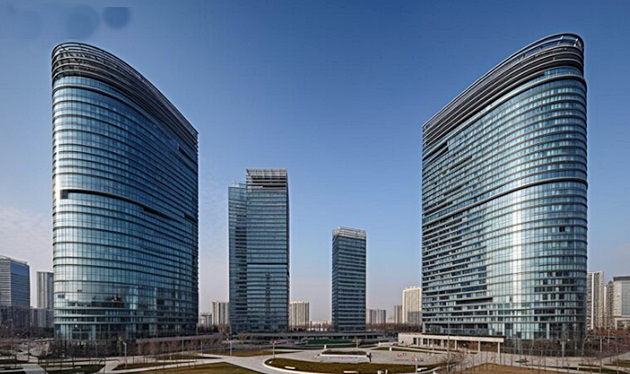700

Romania Gains Traction Among Investors in CEE Industrial and Office Real Estate, Backed by Generous State Aid
Romania is increasingly attracting the attention of investors exploring Central and Eastern Europe (CEE) for industrial and office space, partly due to government incentives covering up to 70% of eligible costs, according to Colliers' latest report: “How Government Incentives Shape Industrial & Office Real Estate in CEE.”
This high level of support gives Romania a significant competitive edge for developers and other types of investors, especially at a time when strategic location, cost optimization, and sustainability are key factors in investment decisions.
Beyond Incentives: Risks and Realities
However, Colliers experts warn that companies consider many additional factors when making strategic decisions. Romania’s political instability and substantial internal imbalances weigh heavily in the equation. In 2024, the country lagged behind leading CEE economies in terms of announced investments in manufacturing industries.
Even with state aid covering up to 70% of eligible costs—compared to 50–60% in Poland and Hungary, depending on the region—this alone is not enough, as demonstrated by total investment volumes.
According to fDi Markets, Romania attracted €1.7 billion in manufacturing investments in 2024, projected to generate over 8,900 jobs. In contrast, Czechia, Hungary, and Poland each reported significantly higher figures—ranging between €2.5 and €2.9 billion.
Office Projects: Indirect Incentives and Regional Appeal
In the services sector, the landscape is slightly different. Although many office developments do not directly qualify for financial incentives, cities like Cluj-Napoca, Iași, and Timișoara offer substantial indirect benefits—from local tax breaks to attracting strategic tenants who prioritize publicly supported locations.
Property owners who understand and leverage these mechanisms can turn Romania’s strengths into a true market differentiator, Colliers consultants emphasize. While the country currently has limited per capita stock of office and logistics space, it benefits from a well-educated workforce and competitive operating costs, making its development potential highly attractive.
Long-Term Growth Potential in CEE
According to the report, the six largest economies in CEE—Romania, Poland, Hungary, Czechia, Slovakia, and Bulgaria—together account for nearly 90% of the modern industrial stock across the CEE-13 region.
With an average of just 0.7 square meters of logistics space per capita—compared to up to 3 sqm in Western Europe—the gap signals a significant long-term growth opportunity.
Green Transition Accelerates Investment Momentum




